Wood planes are amazing handy tools. It is hard to imagine the completion of any woodworking project without these tools.
Since centuries craftsmen have been proudly using these manual gadgets. The reality is that technology has made these tools quicker but less accurate. For this reason, even today experienced woodworkers prefer handy wood planes to give a finer touch to their artisans.
Depending on the function, size, and material, there are so many different types of wood planes. Most of these are fit for more than one task like cutting, trimming and edging. While few can perform only one specific function like molding. Choosing the right set of the plane for the right job is confusing somehow. Only trained and experienced carpenters know well where to use each tool properly.
Let’s scroll down to get a deep insight into every type with us. Keep rolling!
1. Smoothing Planes; Oldest type
One of the oldest tool woodworkers build was a smoothing plane. It was used to prepare the surface for the final touch. Traditional models of this plane no longer exist. However, it is now modified as a scrubbing plane. In its earliest form, it was made of wood 10 inches long wooden structure having a wide opening on the upper side and a sharp blade underneath.
Earlier, carpenters mostly used it but they noticed it was not fit for large projects. So they started using a scrub plane.
2. Scrub Planes
Almost all woodworkers love this plane because they can carry this tool with them everywhere they want. Traditional models of scrub planes are made up of wide mouth-like opening in the middle called throat which narrows down to make passage of blade. The iron plate was at the bottom to clean and cut dense lumbers.
It was first used for scrubbing cheese and then for wood. The top advantage of this plane is that you can take a lot of material off from the layers very quickly.
The earliest carpenters use smoothing planes instead of scrub ones. After a lot of work, they observed it was not fit for smoothing anymore. So they moved to this tool. Since the 19s, the style, and shape of this plane have not undergone any marked change.
Nowadays scrub planes of steel or metal are more popular.
How to use Scrub Planes?
Both metal and wooden scrub planes do the same job.
- First, mark the edges or part you want to make smooth or scrub across or reduce the thickness
- Secondly, ensure blades are set up on the wood properly
- Thirdly place the plane in position and exert downward pressure
- Fourthly. Keep going until cleaning, cutting or smoothing is done
- Finally, Follow the same procedure on the opposite side of the piece
- Here is a video to show you using scrub A planers
3. Bench planes
As the name itself suggests, this type is mostly used for larger projects like preparing woodworking benches. They perform 4 specific tasks.
- Cutting to reduce dense wooden pieces
- Straightening the wood
- Smoothing the wood
- Finishing the wooden structures through final straightening
Depending on the sole length and cutter width, there are four types of bench planes. Let’s check out;
-
Smoothing planes
The toe length of the smoothing plane ranges from 5” to 10”.The basic function they do is to prepare the surface for further finishing. According to numbers, it is generally the last one to touch the wood. Modern alternation of Bevel Up smoothers is more in use these days.
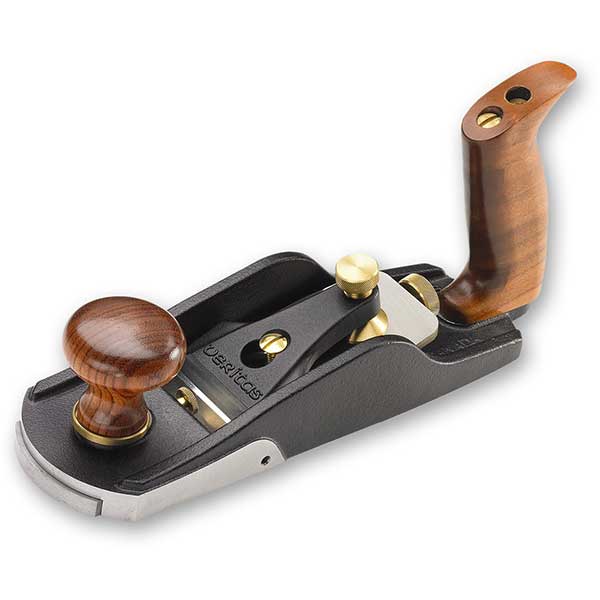
-
Fore planes
Fore planers have toe length of 14 to 20 inches. These planes stand first in number to touch the wood surfaces. They are basically designed to take off material quickly. Sometimes they can do a straight job also.
-
Jointer planes
Jointer planes have toe length of about 22 to 30 inches. Available both in the smaller size of 14 to 20 inches long and larger size of 22 to 30 inches long. First, they are used for straightening, secondly for joining and finally for flattening the surface.
-
Jack Planes
Jack planes have a sole length of up to 14 inches. They are used to reduce the roughness of the surface more quickly than scrub. Carpenters often use this type after smoothing or scrubbing planes. The accuracy of this tool is up to the mark than other ones.
4. Block Planes
Block planes are more tiny and compact than others. For this smartness, they are even fit in a single hand.
They are used especially when the area is restricted for bench plane usage. If one hand is not empty then it can adjust on the other hand and be more comfortable to use. Two basic jobs of this plane are
- Planning final grain
- Chamfering
To ensure the safety effect of wooden structures, chamfering is essential. It can smoothen the edge to avoid injury when touch.
5. Specialty planes; designed to do a special task
These specialty planes are really awesome because they are designed to do one thing only. Whatever job might be, they do extremely well with incredible efficiency. Let’s see details of distinctive types of specialized planes!
Rabbet or rebate plane
Very little is known about its origin. These were made up of wood in eighteen century with a large snail-shaped mouth. However, the modern metal version of this plane is machined, extremely strong and operates with less noise. These tools are basically used for cutting and rabbiting away a rough piece like the backside of cupboards.
Compass Plane
Operating these tools are really fun. The main thing that circular shaped compass planes do is to create spots and knicks free smooth curves. Nothing could beat this plane for sweeping curves because of high momentum and adjustable long sole. Moreover, it is simple to use.
Combination Plane
Although this type looks more complex in structure yet it is easy to operate. At first, it was used to remove stacks from wooden molding. Because of high flexibility, it is widely used for restoration, straightening, trimming and many more. Stanley’s tools come up with high-quality combination planes.
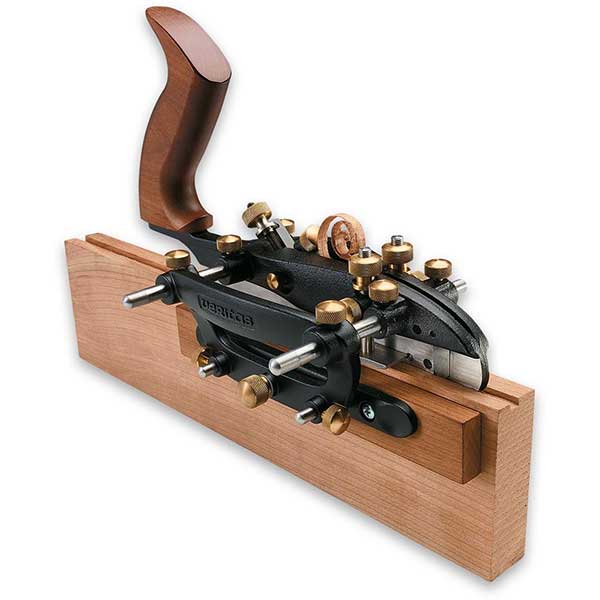
Shoulder Planes
For trimming edges on joining area at shoulders and faces of woodwork, craftsmen often use shoulder planes. These planes are also designed to cut end grains to give a nice finish in tenons. Its shape is funny like bullnose and a big mouth.
Finger Planes
These tools with brass bodies are the smallest planes ever made. For musical instruments, after applying glue these are used to give the final touch. With narrow blades, they can easily insert between wires of the violin to flatten it.
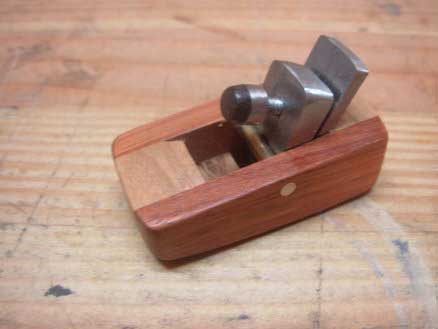
Chisel Plane
With cutting edge in front, these are the most accessible planes ever made. These are used to bend edges, remove glue line and bend dovetail. Easy to use and available in different sizes.
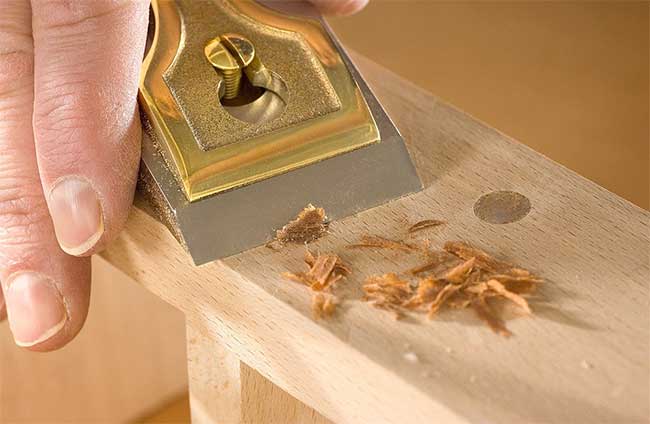
Molding Plane
If you want to put your wooden piece in different shapes then go with molding planes. More than 400 molds are there in the market. These planes come up with a long history. From complex to hollow, large varieties of such tools are out of fashion nowadays.
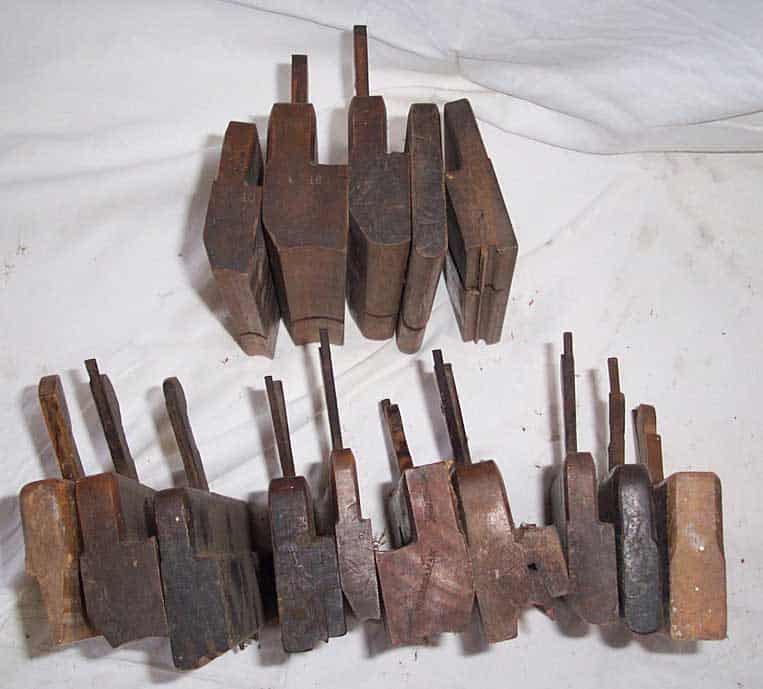
6. Japnese plane
You may call these planes as antiques as they are one of the most traditional types. Like modern handy tools, these plans can also perform the same jobs of smoothing, cutting edging and trimming. Unlike western planes that operate with pushing strokes, Japnese planes work with a pull stroke.
Blades are mounted in the front wheel of the plane. For this reason, they are easy to grasp and steady to use.
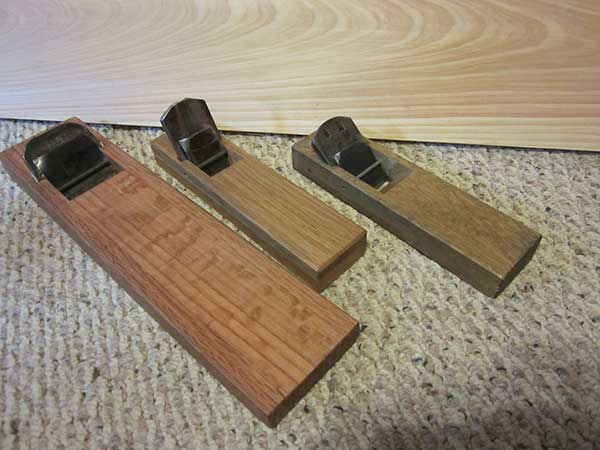
Types of wood planes on the basis of Material
It is an important point to keep in mind that planes are not made up of only one material. You may get wood planes as well as metal planes. Let’s see several types of planes by materials of which they are constructed
-
Wood Planes
- These are entirely made up of wood except blades. Metal like iron is fixed with a wooden edge by striking with a hammer. Nowadays metal planes are more in use.
-
Metal Planes
- The entire body of these tools is made up of metal except the handle which is wooden. These are more strong than wooden planes and easy to use.
-
Infill Planes
- In this type metal blades usually rest on the hardwood. Only English and Scottish manufacturers deal with them. They worth their prize as they are designed to flatten difficult grain wood
-
Transitional planes
These tools are a combination of wood and metal. The body is made up of wood with a set of iron casting which is used for holding and adjusting the blade.
What Handy Plane should you choose?
One of the most common question carpenters often ask is what plane should I use? The simple answer is that the selection of planes depends on the type of wood, nature of woodworking project and space available for handy tools to go on. Here is a video that may help out choosing Stanley number planes.
How does a plane work?
Almost all types of planes work by pushing them along the material except Japanese that works with pulling. When you exert force on, it shaves off layers from the timber surface. This extracted material comes out through the plane’s throat. Don’t try to remove too much material as it may stick. Always set the planes to take off thin layers, not dense.you should adjust mouth size and blade position according to the type of task. Understanding wood planes before using it is highly recommended.
Frequently Asked Questions (Faq)
What are the best wood planes?
The Stanley(12-404)plane, The Grizzly(H7566)plane, The Great NeckC4 plane, The Stanley(12-220)Block Plane and The Senkichi Kanna Plane are the best planes.
What are the different hand planes?
There are several types of hand planes like a smoothing plane, scrubbing plane, bench plane, block plane, Japanese plane, and specialty plane, etc. Some of these planes are made of wood while most of them are made up of metal.
What is a jack plane used for?
Jack’s plane is a type of bench name. It is used for correcting the size of timber at edges or joints.
What is a No 4 plane?
The number 4 plane is a smoothing Handy tool. It is available in a common size and is widely used for making furniture.
How do wood planes work?
Most of the hand plane works by taking off thin layers (shavings, or chips) as it is set to push along or across a piece of wood. This reduces the density of wood to the required size, levels it.
Conclusion
Understanding different types of wood planes is not an easy job. It requires extensive knowledge of wood crafts and wood types. However, in my opinion, Japanese planes work more efficiently than old fashioned wooden planes. you may find a specialty plane for multiple tasks. Whatever plane type you would choose, you will never get disappointed.


